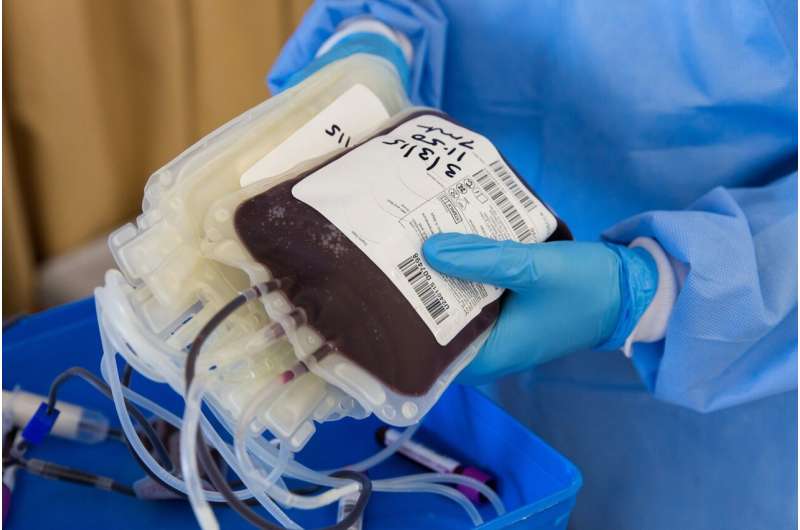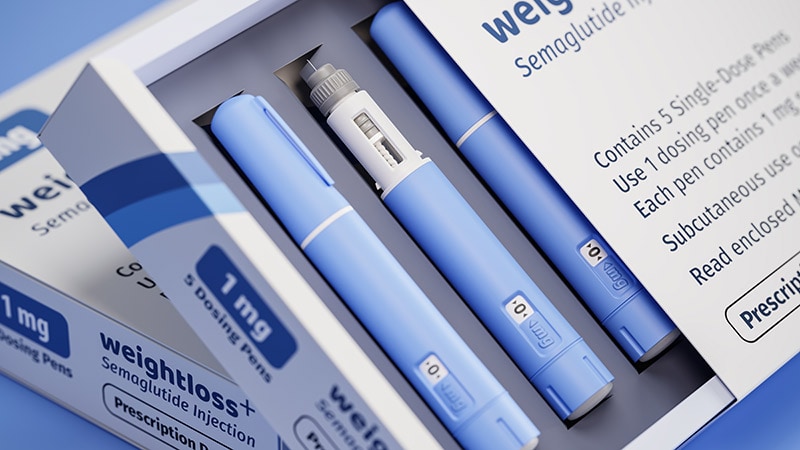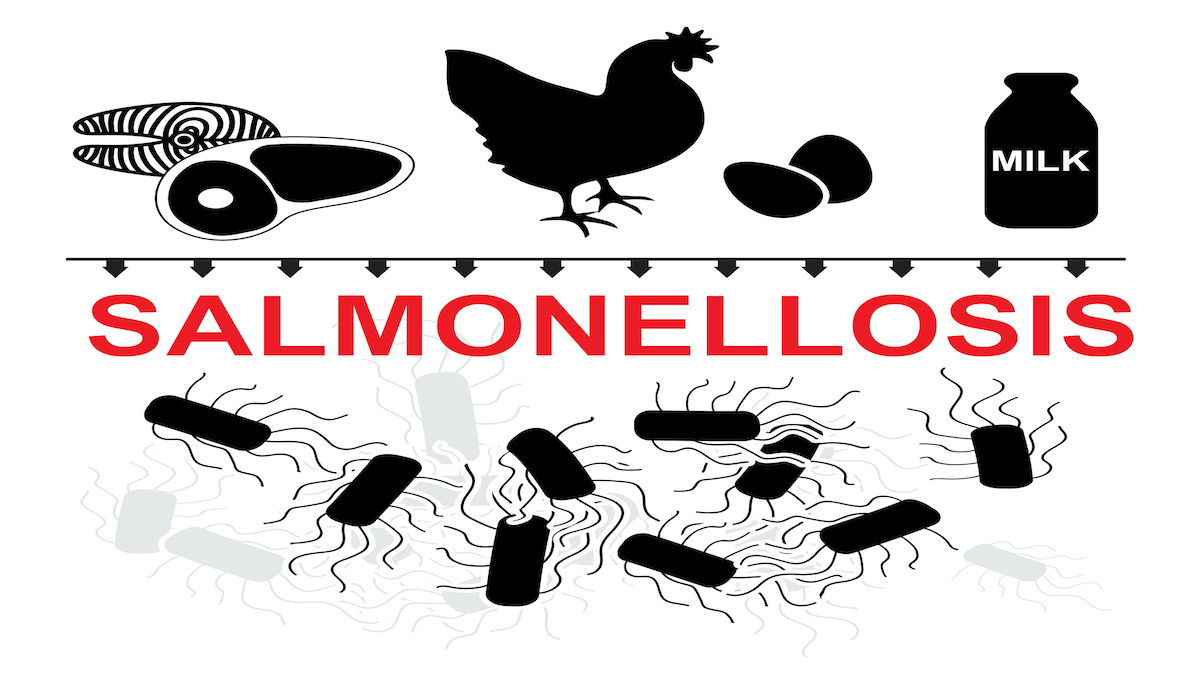
Credit: Pixabay/CC0 Public Domain
Billions of people live in parts of the world that are so remote from the nearest hospital facility with a functioning blood bank that they are termed “blood deserts.” Researchers from Brigham and Women’s Hospital, a founding member of the Mass General Brigham health care system, and Harvard Medical School have spearheaded a new global collaborative to address the pressing issue of extreme blood unavailability in rural settings and propose short-term strategies to address the urgent need for blood.
A paper detailing the recommendations of the new collaborative, named the Blood D.E.S.E.R.T. Coalition, published today in Lancet Global Health.
“As a trauma surgeon in Boston, I cannot fathom not having blood for our patients when they arrive after a major injury. Unfortunately, this is the reality in most of the world, and people die unnecessary deaths,” said lead author Nakul Raykar, MD, MPH, a trauma surgeon at Brigham and Women’s Hospital, Assistant Professor of Surgery at Harvard Medical School, and founding Director of the Blood D.E.S.E.R.T Coalition.
“It will take decades to build and fund enough functional blood banks to meet the world’s needs. But we do not need to wait—immediate, low-cost solutions already exist that could be implemented today.”
Blood products are a critical part of a wide range of medical treatments, not just surgical and trauma care. For example, people with hemophilia require transfusions of clotting factors that are purified from donor blood. Blood products are also used for a wide range of obstetrics complications, such as postpartum hemorrhage, miscarriage, ectopic pregnancy, and others.
According to Raykar, lack of blood is a major reason why so many die after trauma in low- and middle-income countries (LMICs)—as high as 50-60% in some studies—compared to the 1-2% mortality rates after trauma seen in developed trauma systems in high-income countries like the United States.
Access to blood in rural areas is affected by several factors, including a lack of blood itself, high costs, and long distances between the point of care and whatever blood supply is available. Due to one or more of these factors, the majority of the world’s people live in what are known as blood deserts, areas in which the clinical need for blood components cannot be met in at least 75% of cases.
“Every single country in sub-Saharan Africa and South Asia has a significant blood shortage, and as a result, more than half of the global population doesn’t have access to basic, life-preserving medical care,” said Raykar. “A huge proportion of the challenges facing health care providers in these areas is accentuated by this single missing resource.”
The new paper, which summarizes the conclusions of a global coalition of health and medicine experts from around the globe, outlines ways health care professionals and governments can significantly increase global access to blood transfusion with several interventions suitable for implementation in the short term.
Blood shortages are not unique to LIMCs—the American Red Cross recently declared an emergency blood shortage for the U.S. as the number of U.S. blood donors hit an all-time low for the last 20 years—but the problem is exacerbated in settings where the only hospitals with stocked blood banks are in urban centers that are hours away. Researchers estimate that 40% of annual blood donations are collected in high-income countries, which serve 16% of the world’s population, leaving most of the world underserved.
The Blood D.E.S.E.R.T Coalition, which stands for the Blood Delivery via Emerging Strategies for Emergency Remote Transfusion Coalition, conducted a three-month series of video conference and live workshops with participants in 11 countries in which they identified urgent research, policy and implementation priorities for health systems to improve access to blood in the interim.
The solutions they proposed include civilian walking blood banks, a military strategy being adapted to civilian contexts in which volunteers within communities are ready and able to give blood at short notice so rural areas don’t have to rely solely on central storage, and intraoperative auto-transfusion, in which a patient’s own blood is recirculated during medical procedures.
“These solutions can’t replace a safe supply of banked, laboratory-screen blood that is immediately available at moment’s notice because they each have their own logistical drawbacks,” said Raykar. “However, in areas where no other blood is available, any solution that gets blood to the people who need it should be a priority. And these strategies are already quite literally battle-tested for implementation.”
Another strategy suggested by the researchers to get banked blood to patients is drone-based delivery. This would require a bigger investment to implement safely compared to the other strategies, they note, and drones on their own are unlikely to be an effective solution for blood shortages on the scale found in blood deserts. However, drones could play an important part of a comprehensive strategy and can complement the other interventions.
“All of these solutions work together,” said Raykar. “It’s all about creating a short-term system to support places that don’t have access to blood while we create long-term, sustainable solutions to the global blood crisis. The recommendations we’ve outlined are a strong step in the right direction, but there’s a lot more that needs to be done.”
The Blood D.E.S.E.R.T Coalition’s mission is to establish the research, education, implementation agenda needed to eliminate the world’s blood deserts. The leadership extends across multiple global institutions, from the Brigham and Women’s Hospital and Harvard Medical School to 17 institutions from across the world (US Army Surgical Research Institute; World Health Organization, Geneva; Children’s National Hospital, Washington DC; National Blood Service Ghana, Accra; Royal College of Surgeons of Ireland, Dublin; Christian Medical College, Vellore; University of Pittsburgh) located in 10 countries.
More information:
Raykar, N. et al. “Innovative blood transfusion strategies to address global blood deserts: a consensus statement from the Blood Delivery via Emerging Strategies for Emergency Remote Transfusion (Blood Desert) Coalition,” The Lancet Global Health (2024). DOI: 10.1016/S2214-109X(23)00564-8
Citation:
Experts call for innovative strategies to address global blood crisis, form new coalition (2024, February 14)
retrieved 18 April 2024
from https://medicalxpress.com/news/2024-02-experts-strategies-global-blood-crisis.html
This document is subject to copyright. Apart from any fair dealing for the purpose of private study or research, no
part may be reproduced without the written permission. The content is provided for information purposes only.
Note: This article have been indexed to our site. We do not claim legitimacy, ownership or copyright of any of the content above. To see the article at original source Click Here













